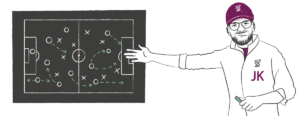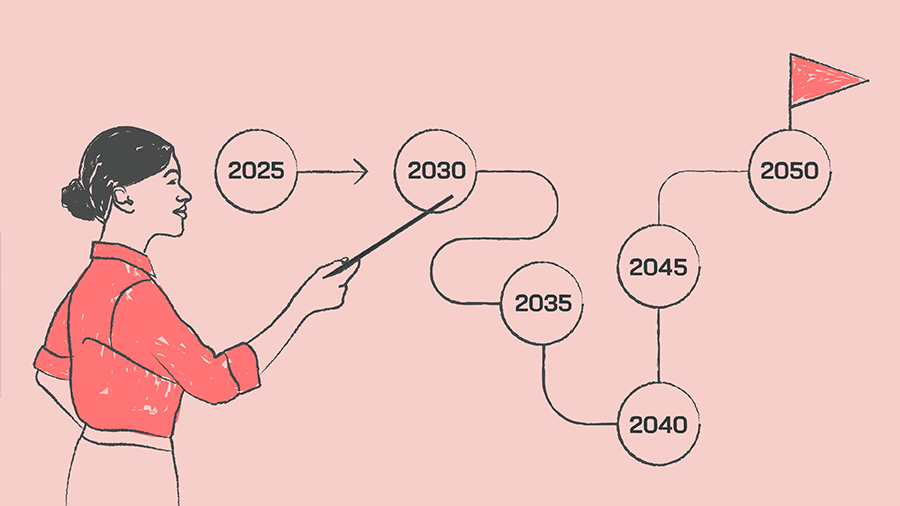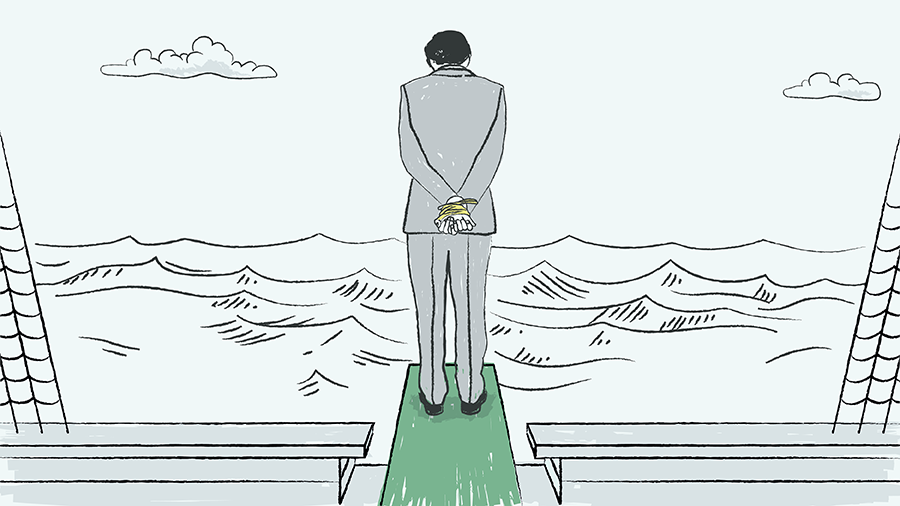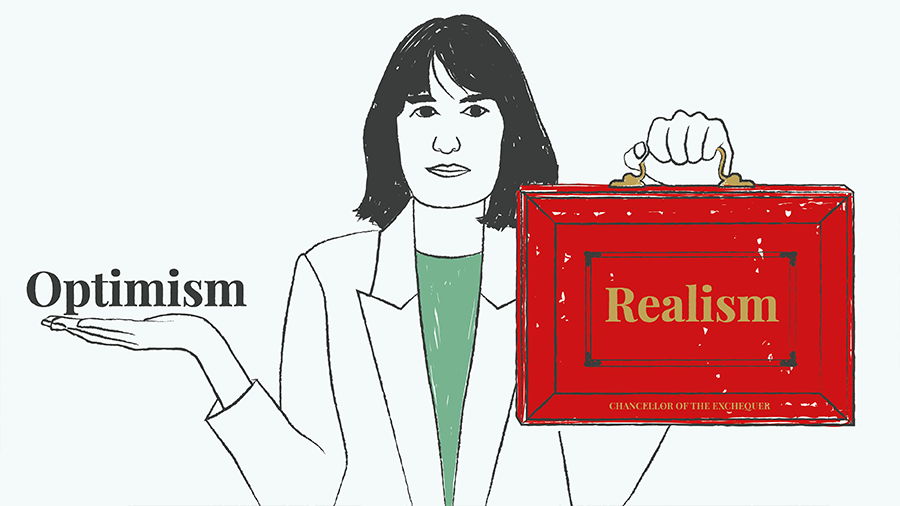I try not to talk about football too often – far too many people know far more about it than I do – but one of the big soccer stories of the year is worthy of a few humble comments. Here’s why: Liverpool FC’s topsy-turvy performance this year – in stark contrast to its Premier League triumph in 2020 – seems to have as much to do with talent strategy as it does with sporting tactics.
(For non-fans, Liverpool won the league last season; this season it started strong before dramatically collapsing between January through March, though the club has clawed itself back recently to a respectable 5th.)

There are lessons here. Whether you’re a professional football team, a team that puts robots on Mars, or a team leading a high-growth business, the principles of elite performance are broadly the same. As Good to Great author Jim Collins famously put it, you need the right people on the bus, and they need to be in the right seats.
Then they need a dynamic of collaboration and creative tension, which comes down as much to sharing common values, vision and purpose as it does to the chemistry of their interactions. The whole has to be greater than the sum of the parts.
Much of this comes down to leadership, and in Liverpool’s case manager Jurgen Klopp has won plaudits for his ability to create connectedness between team members and to focus on performance rather than results at all costs.
Where he seems to have let his eye off the ball is in planning for what would happen if any of his all-star front bench got injured. Writing in The National News, Tony Evans broke down what happened: “Virgil van Dijk, Joe Gomez and Joel Matip have suffered long-term injuries. The loss of Van Dijk, in particular, disrupted the balance of the side. The Dutchman was the catalyst that turned Liverpool from also-rans into winners.”
So often losing a single team member can disrupt performance, just as bringing on a single team member can accelerate it. The issue for C-level and sports teams alike is to have contingencies in place by strengthening the pipeline: if person X leaves, who can take their place? How would we reshape the team if person Y joins, or person Z? When do we need to look outside for game-changing skills?
Developing talent in depth at the top of business requires identifying leadership potential and giving people a chance to spread their wings early, much like building and developing a club’s 2nd XI.
The challenge for Klopp is also widely considered to go beyond injury troubles. An analysis in FourFourTwo suggests Liverpool’s woes also correspond to drooping form among the team’s forwards since the New Year, including Sadio Mane, who has since had a falling out with Klopp, and Roberto Firmino, who subsequently fell injured himself. The magazine’s staff offered a possible explanation: “Liverpool’s vaunted front line has had a heavy workload in recent years.”
That’s something else to think about when leading an elite team in any sector: excellence is rarely easy, and year after year of high performance can take it out of people. It’s up to a leader to make sure their team – and their direct reports in particular – are able to look after themselves, to rest and recuperate. Perhaps in Liverpool’s case, they didn’t have time to celebrate their achievements properly.
The key lesson is that these tasks – talent management, preserving the dynamics and wellbeing of a team – are not one-offs. They are ongoing and essential, and a failure to keep an eye on them can result in even the greatest successes disintegrating remarkably quickly.
P.S. Sport being what it is, Liverpool had a great win over West Brom this weekend – after I wrote this blog. Goalie Alisson Becker scored from a corner in the final minutes of extra time, demonstrating yet another talent lesson – people can surprise you, if you let them.
















